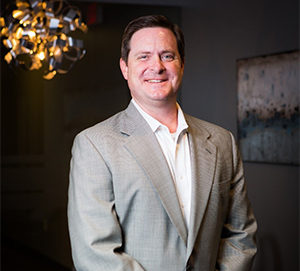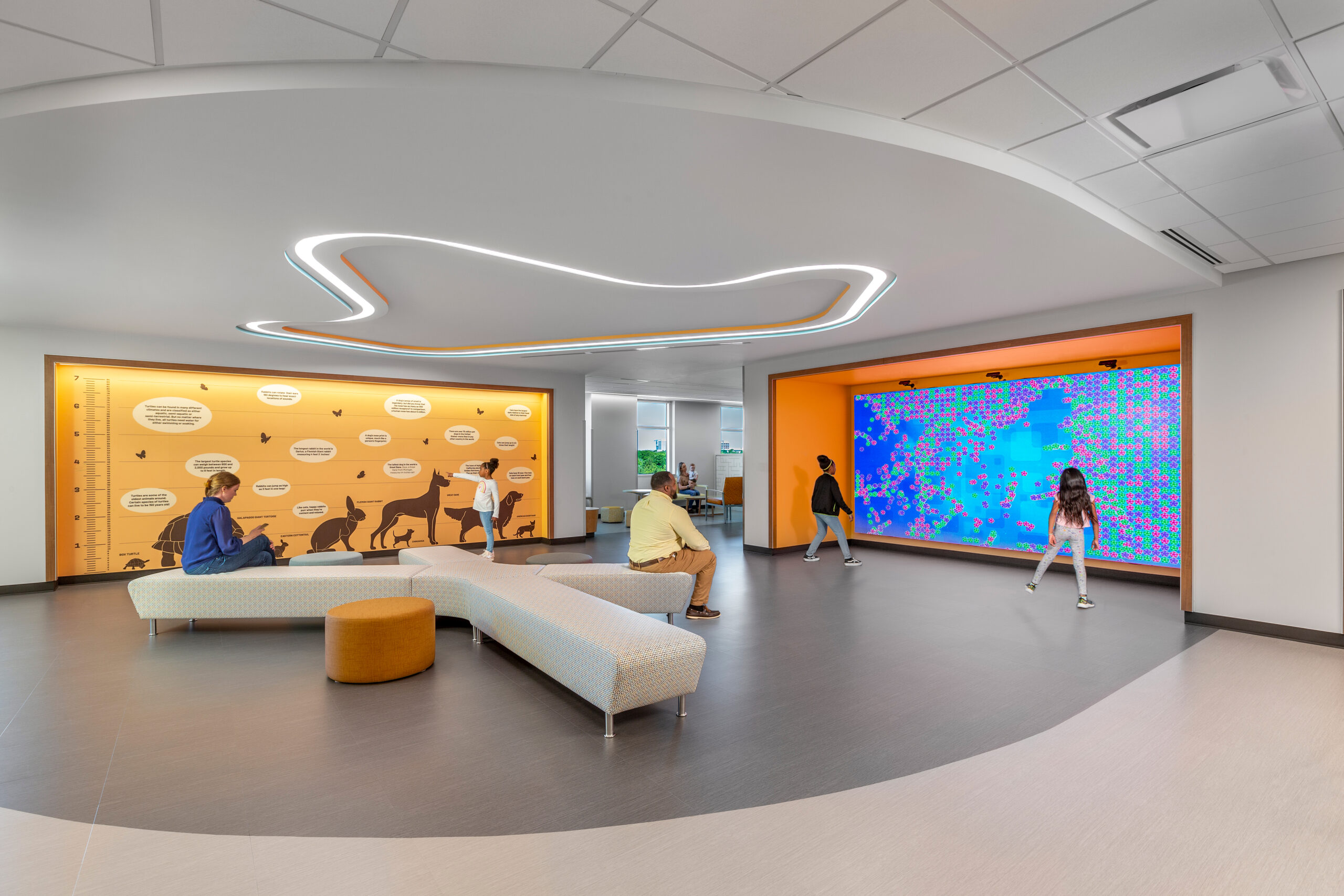By Douglas Gayden
There’s no doubt health care facilities face real challenges when dealing with construction and design. One way to combat these challenges is by staying up-to-date on industry-related trends.
One trend that will continue to expand is outpatient construction as it uses surgical technology to accelerate inpatient procedures into outpatient settings, as well as the continuing trend of patients being funneled by health care systems into outpatient settings. Additionally, as hospitals and health care systems focus on population health, determining what infrastructure will meet the needs of the communities they serve while still supporting current operational efficiency will become increasingly important.

Serious strategy questions will have to be asked. Do entirely new facilities need to be built? Would it be more cost-effective to renovate or repurpose facilities? Perhaps maximizing space through consolidating facilities would be the most advantageous avenue. Or maybe, depending on the circumstances, leasing facilities may offer the best value.
Each situation is unique and it’s critical that health care facilities accommodate necessary changes in finding alternative avenues to provide care in the communities they serve. That includes: ambulatory care facilities, long-term care facilities, imaging centers, medical office buildings and assisted living.
With so many options of potential health care service models available, health care facilities continually face the need to increase their capabilities within those models. Whether it’s keeping up with the latest in technology, adhering compliance to new code requirements, increasing efficiency or upgrading facilities to meet patient needs, the ongoing endgame is improving patient satisfaction.

Another ongoing trend is moving toward more green alternatives, such as LED lighting, low-flow plumbing fixtures and more efficient HVAC systems. Also, as rapid technology advancements involve more sophisticated techniques and equipment, facilities will need to address network data needs, security system enhancement and more up-to-date patient monitoring systems.
The health care industry needs to implement smart growth solutions to capitalize on their existing footprints. There is much to take into consideration. From planning, design and procurement, through construction and operations, each phase of the construction lifecycle offers its own unique set of challenges.
While navigating the complexities of health care construction can be a daunting challenge, opportunities for easing the load are real. Whether through capitalizing on current industry trends or taking on the different stages of the construction lifecycle using the above best practices, meeting deadlines and staying on budget do not necessarily have to be either/or propositions. This will ultimately allow for better overall experiences for health care staffs as well patients and their families.
Douglas Gayden is the director of health care for Greenville, S.C.-based Gordian. He can be reached at 678.920.3672.






